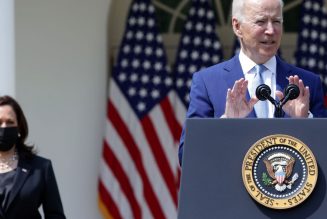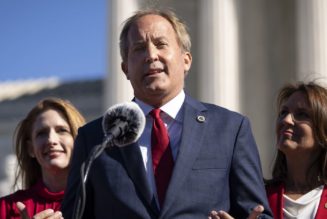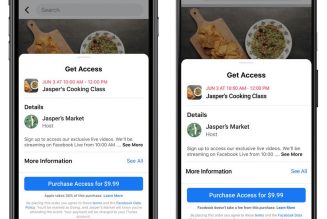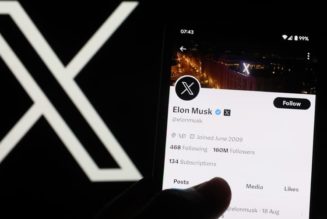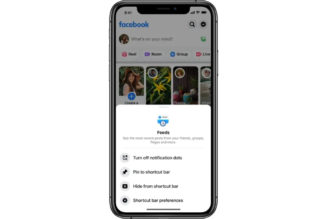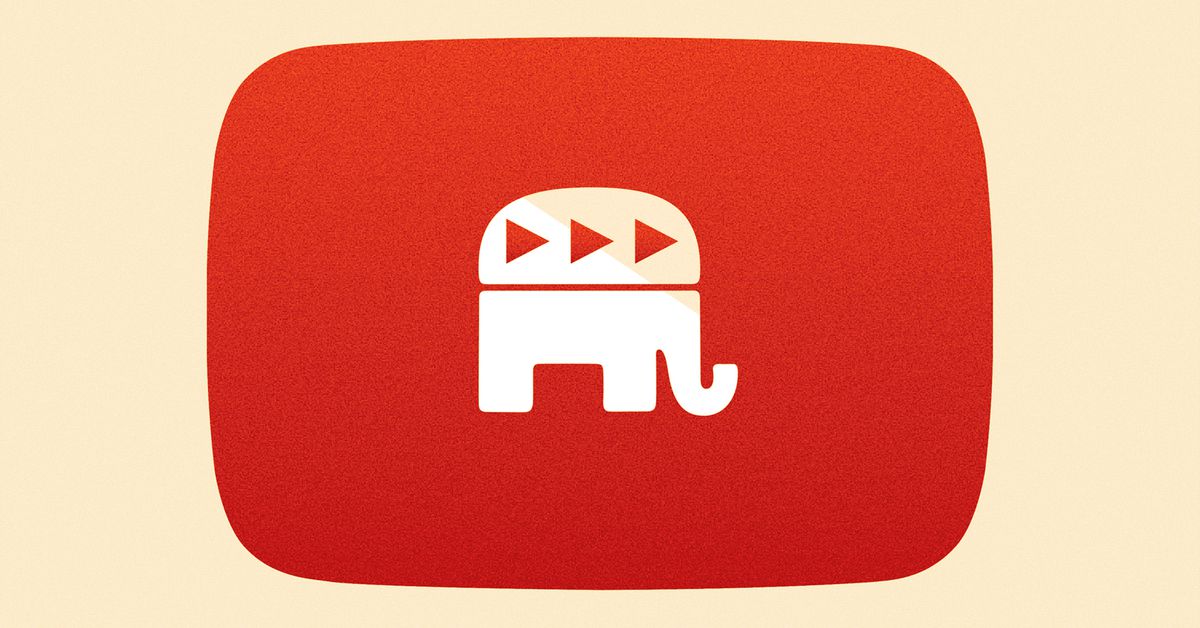
On Tuesday night, Joe Biden and Donald Trump will face off in the first presidential debate of the 2020 cycle, and cable channels will be lit up with analyses of which candidate beat expectations and which lines landed best with audiences at home.
But 60 years after the first televised presidential debate, the post-event spin isn’t limited to television anymore. The moment the event finishes, a new class of pundits on YouTube and Instagram will be digging through the footage for memorable moments to clip, remix, or outright manipulate. And just as candidates in previous cycles played to cable pundits, the 2020 campaigns are increasingly planning their message with an eye to how it will play on YouTube.
On YouTube at least, the early advantage is to Trump. Over the last four years of Trump’s presidency, the campaign and Republican Party have built a vast network of conservative online influencers, including personalities like Ben Shapiro from The Daily Wire and Dave Rubin, host of The Rubin Report on YouTube. Shapiro and Rubin speak with Trump surrogates often, reaching over 1 million subscribers per channel.
But behind the scenes, Biden’s campaign is pushing to make YouTube a more friendly place for Democrats. The Biden campaign has been working directly with YouTube channels and Facebook pages like Occupy Democrats and creators like Brian Tyler Cohen to create content that reaches millions of people, the campaign said, as part of a broader effort to counterbalance influencers like Shapiro and Rubin. A conscious counterpoint to the Trump campaign’s “Death Star,” the effort has been nicknamed “the Rebel Alliance.”
The effort isn’t limited to YouTube. In June, the Biden campaign hired the influencer marketing firm Village Marketing for creator outreach, focusing primarily on Instagram. Internet stars like Keke Palmer, Jerry Harris, and Khadeen have all held Instagram live streams with the former vice president. Biden’s team struck a deal with the celebrity video platform Cameo for fundraising and even released virtual yard signs for the popular Nintendo Switch game Animal Crossing: New Horizons. But the campaign has also started building relationships with political YouTubers, like connecting surrogates for interviews with popular creators.
“The Biden campaign has been really proactive in terms of getting surrogates to speak on my channel,” Brian Tyler Cohen, a podcaster and creator with over 700,000 subscribers on YouTube, told The Verge in an interview last week. “I’ve been able to speak to Governor Whitmer, Andrew Yang, and Vice President Biden’s chief of staff.”
Still, the Biden campaign has focused more on getting the former vice president and his staff in front of non-political voices online. Biden has made inroads outside traditional political channels on YouTube, chatting with family YouTube vloggers in April, offering advice for families during the pandemic, and even striking up conversations with beauty vloggers like Dulce Candy.
If campaigns are paying particular attention to YouTube, it’s because the polling tells them they need to. As of 2020, more than a quarter of all US adults say that watching YouTube is an important way in which they get their news, a recent Pew Research Center report says. Users from 18 to 29 — what campaign strategists call the youth vote — received a majority of their YouTube news from independent channels.
“When YouTube news consumers were asked to describe in their own words why YouTube is a unique place to get news, the most common responses relate to the content itself – including access to news sources outside the mainstream and the plethora of different opinions and views that are available on the platform,” Pew said in its report.
Over the last few years, Trump and the GOP have scorned mainstream media outlets from CNN to The New York Times for being “fake news” or acting unfairly toward Republicans. “The people on the right started migrating to other places where they would be treated more fairly,” Rubin told The Verge in an interview last Thursday. Regardless of the truth in this narrative, these ideas helped the political right build a substantial presence on YouTube and other platforms long before Democrats understood their necessity.
“It was Dan Crenshaw who reached out to me. It was the Ted Cruz people who reached out to me. It was Rand Paul people who reached out to me,” Rubin told The Verge. “They clearly see the seas changing in terms of where people are getting their news, and that they need an opportunity to have their ideas heard.”
In that same Pew report, the research center also said that independent channels cover conspiracy theories far more frequently than established news organizations. This heightens the risk of misinformation when campaigns choose to interview through independent channels. In order to combat this, YouTube has rolled out several new changes ahead of the election, like including official candidate information in search and linking out to reliable sources on voting information.
For Democrats, the heated primary season drove home the importance of YouTube specifically. Throughout the Democratic primary season, candidates like Sen. Bernie Sanders and Andrew Yang frequented popular YouTube-first shows and podcasts like The Joe Rogan Experience and the H3 Podcast, but Biden’s campaign is just beginning to build these relationships with creators and influencers. Often, these shows span longer than any television interview and give candidates and their surrogates more time to discuss issues than at any debate.
The Sanders campaign saw this opportunity early on during the Democratic primary, often finding significant success and support from ostensibly non-political outlets like The Joe Rogan Experience. “Too often politicians try to reach people through political channels,” Sanders senior adviser Jeff Weaver said in a press call last year after the candidate’s appearance on Rogan’s podcast. “It is always good practice to try to reach folks outside of the normal political conversation, particularly in formats that allow a more free flow and longform answers.”
Not only do these YouTube shows carve out room for longer, more in-depth discussions, but the simple ability to link out to calls for action takes these conversations a step further than traditional media. A link in a channel’s YouTube bio could lead hundreds of viewers to take steps to phone-bank or register to vote, something unmatched on cable television. It’s a huge change from television, which tends to be directed toward casual viewers and casual voters. On YouTube, candidates can reach an audience of potential activists.
For channels like the left-leaning Crooked Media, it’s a huge opportunity. “In 2020, [we’ve] taken on the role of focusing the scope from just information down into action,” Tanya Somanader, Crooked Media’s chief content officer, told The Verge, “and telling everybody who listens to our shows, here’s exactly what’s going on and here’s exactly how you can get involved to change the outcome on November 3rd.”


